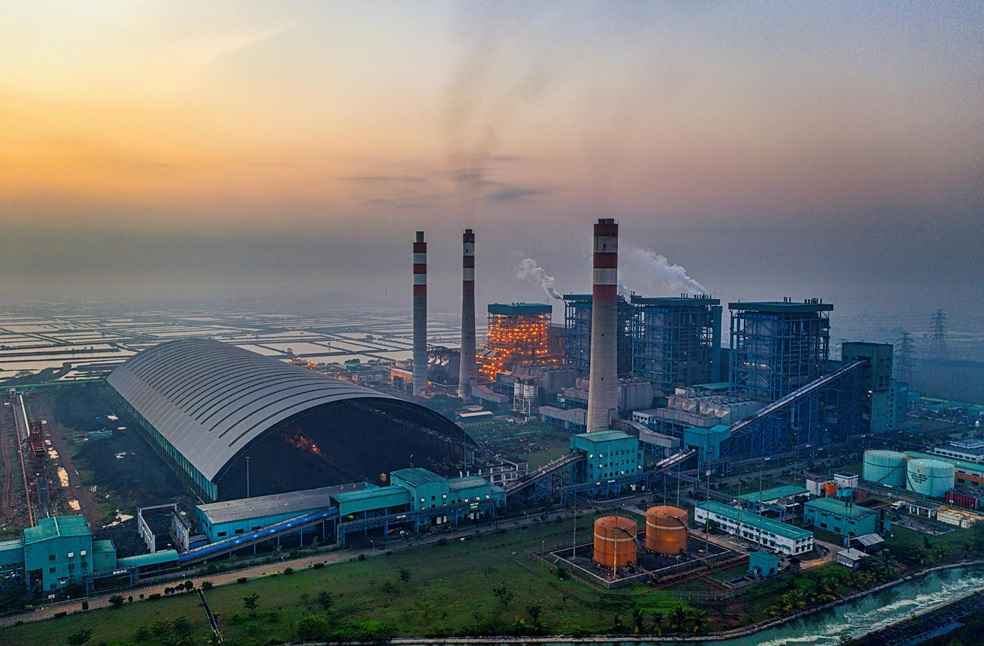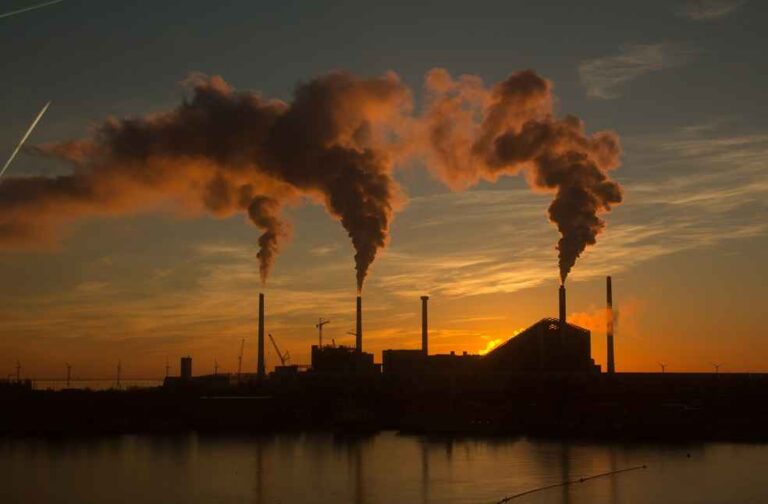Paris: The International Energy Agency (IEA) has reported that methane emissions from the energy sector approached record highs last year.
According to the IEA, greenhouse gas emissions from the fossil fuel industry, which accounts for 30 percent of global warming, exceeded 120 million metric tons in 2023. Despite the sector’s assurances that it would use freely available technology to reduce emissions, it came close to the record set in 2019.
The oil and gas industry had pledged to reduce large-scale emissions spikes by addressing infrastructure leaks. However, last year, there was a 50 percent increase in these spikes compared to 2022. Satellites recorded a catastrophic well blowout in Kazakhstan that lasted for over 200 days.

The Paris-based agency noted that the increase came despite the availability of technology capable of controlling pollution at virtually no cost. Christophe McGlade, the IEA energy expert, stated that, “Some 40 percent of the emissions recorded in 2023 could have been avoided at no net cost using tried and tested methods.”
Oil and gas companies committed to lessening their methane emissions by 2050, but detailed plans didn’t back them up. To meet international climate change targets, reducing methane is essential.
Tim Gould, the chief energy economist at the IEA, remarked that, “Emissions of methane from fossil fuel operations remain unacceptably high. There is no reason for emissions to remain as high as they are.” Gould hopes 2024 will be a turning point if countries and fossil fuel enterprises accomplish commitments to curb pollution.

Around 40 percent of methane is naturally released, while human activities are responsible for the remaining emissions. In the energy sector, methane is leaked from energy infrastructure like gas pipelines and deliberately released during maintenance. In 2023, two-thirds of the emissions were generated by just ten countries, including China’s coal industry, the United States’ gas sector, and Russia’s similar industry.



